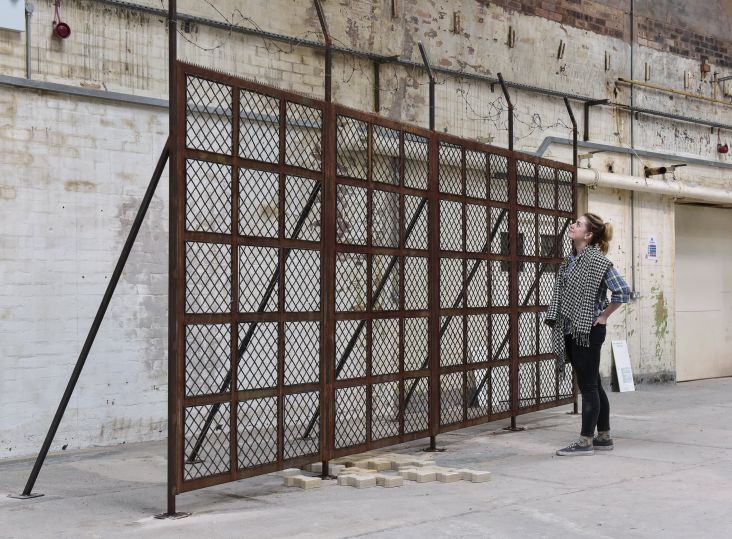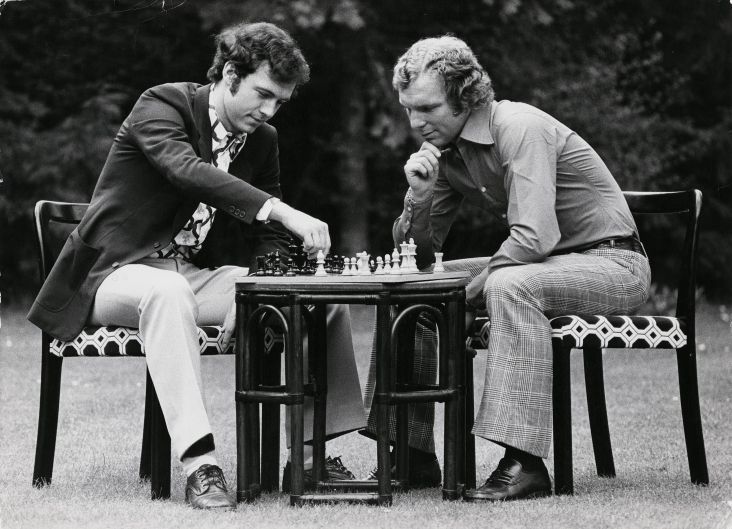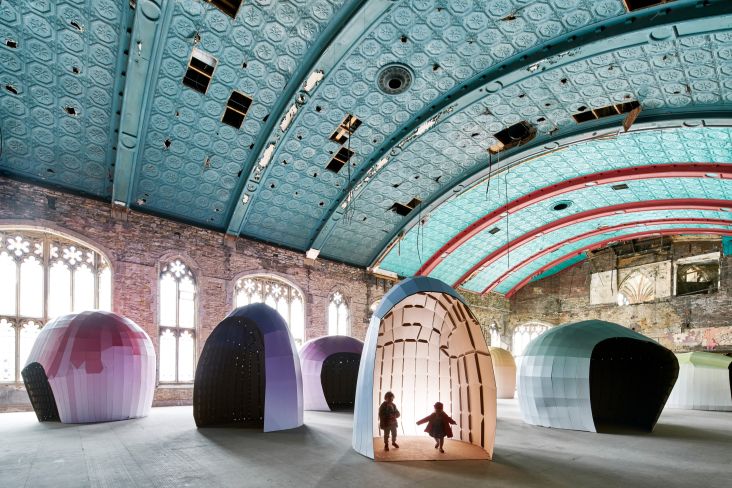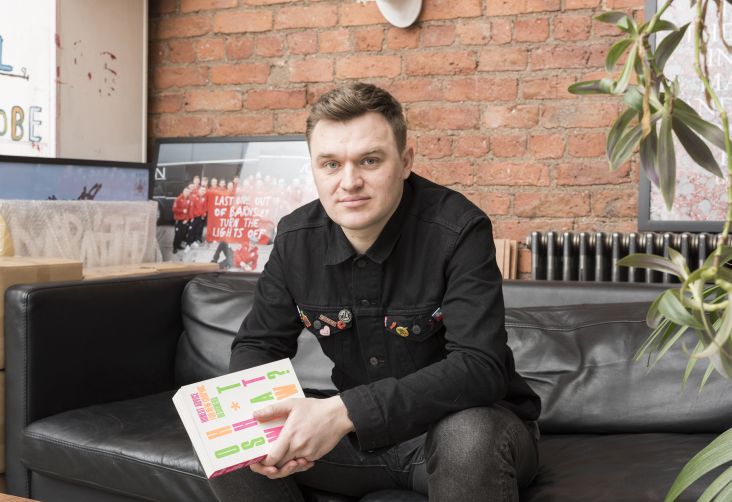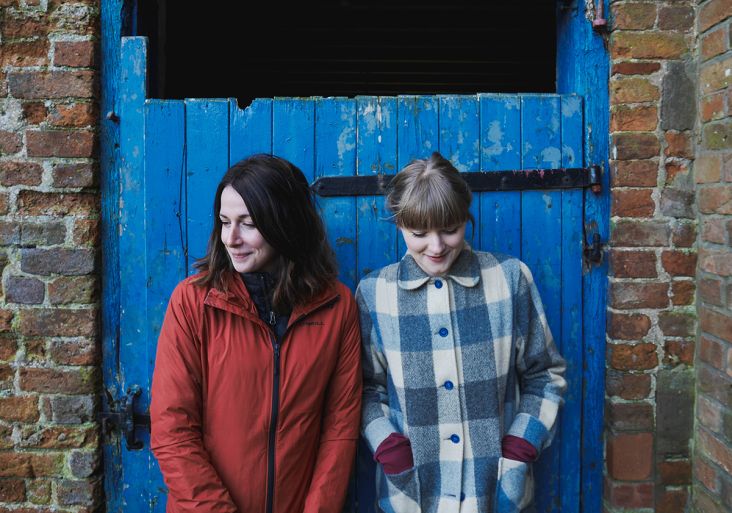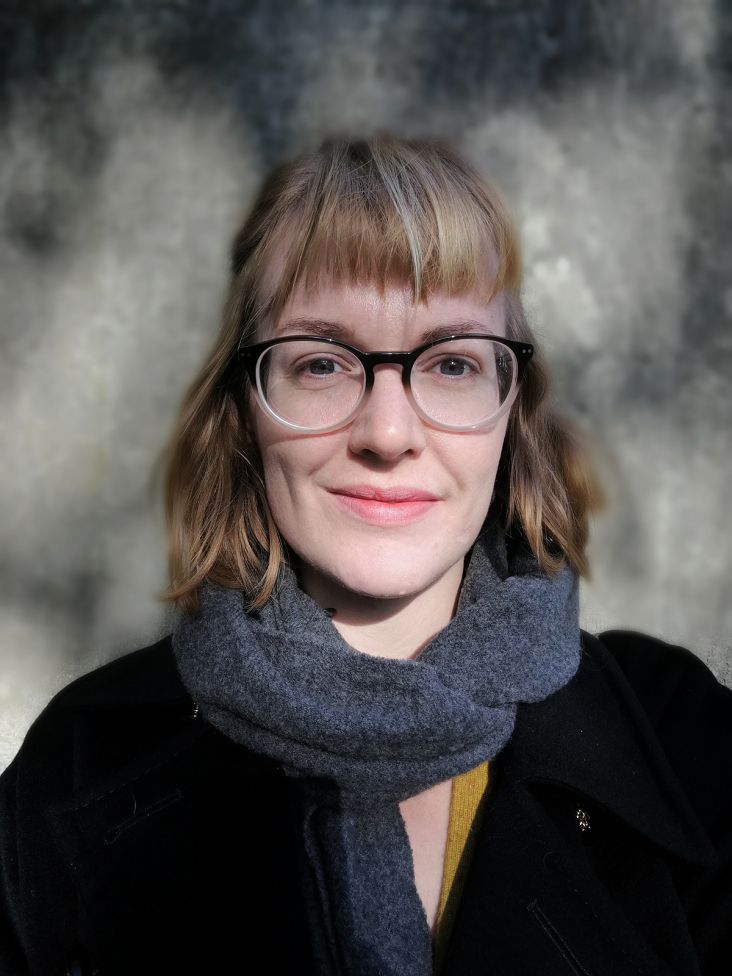Lisa Congdon on being self-taught, dream clients and finding success online
Lisa Congdon is an artist of many talents. From fine art to illustration, authoring books to teaching classes both online and offline, she is a creative force to be reckoned with.
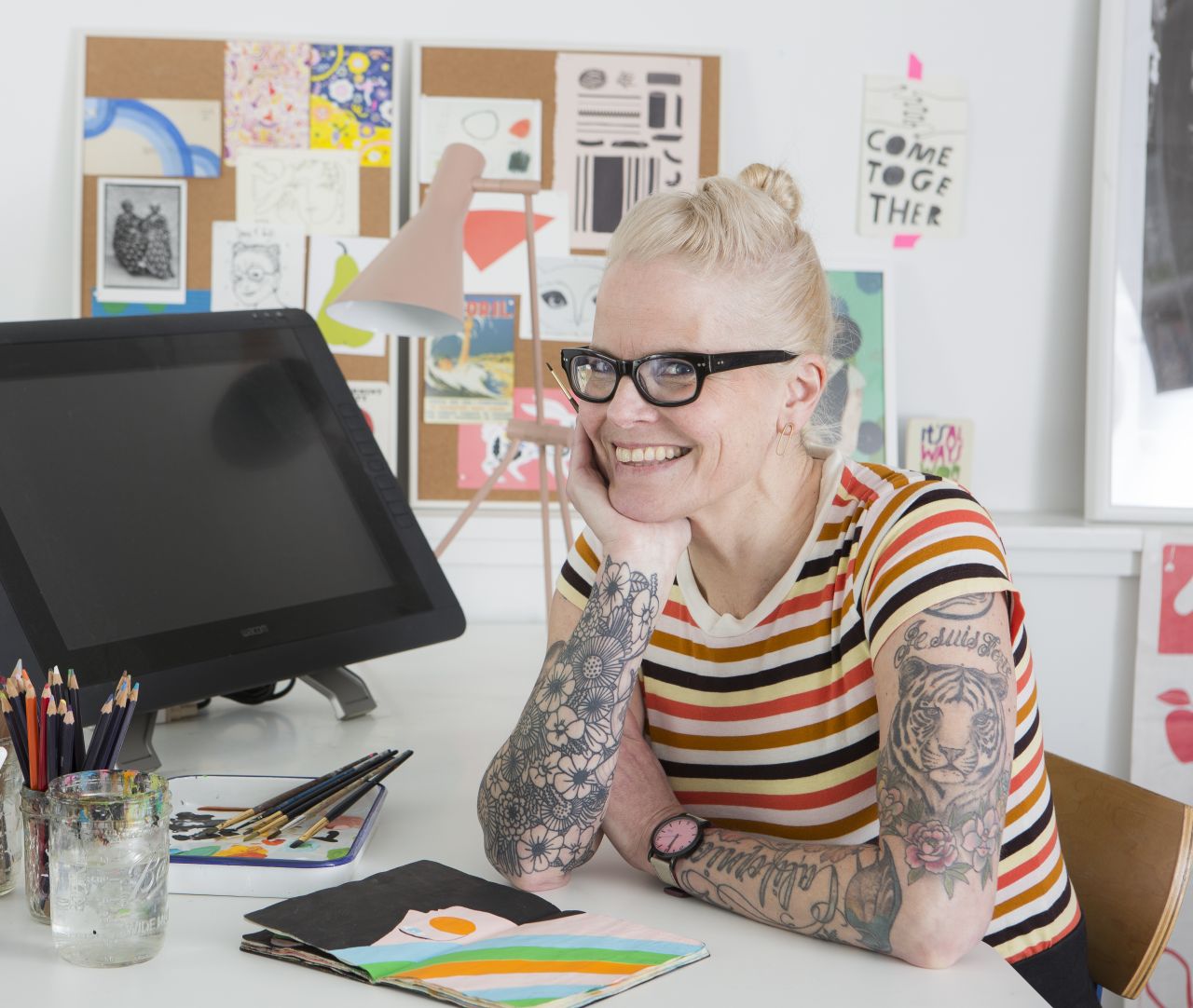
Best known for her colourful paintings and hand lettering, Lisa's clients include MoMA, REI, Harvard University, Martha Stewart Living, Chronicle Books and Random House Publishing, among many others.
She is the author of seven books, including Art Inc: The Essential Guide to Building Your Career as an Artist, and illustrated books The Joy of Swimming, Fortune Favors the Brave, Whatever You Are, Be a Good One, Twenty Ways to Draw a Tulip and A Collection a Day.
Her latest book, A Glorious Freedom: Older Women Leading Extraordinary Lives, was released by Chronicle Books in October 2017. Lisa was also named one of 40 Women Over 40 to Watch in 2015 and she is featured in the 2017 book, 200 Women Who Will Change the Way you See the World.
Currently living and working in Portland, Oregon, we caught up with Lisa on her experiences of the creative industries and her tips for budding artists.
Firstly, how did you get started?
My start was very non-traditional. I was just a regular, non-artist person (at the time in my early thirties) and I took a couple of art classes for fun. That was about 18 years ago. I had zero intention then of becoming a professional artist – or even of being an artist at all.
I was basically just bored at my job, and going through some big changes in my life after a breakup with my partner, and needed something positive to focus on. So I started taking classes making art at my kitchen table.
I had no idea what I was doing most of the time and what I made was pretty bad, but I loved making stuff in a way I had never loved doing anything in my life. So I kept making art. I painted, drew, made collage. And then, the Internet happened.
It was becoming a space for creative people to connect at the time. And I started sharing my work on places like Flickr (this was before social media as we know it today). And I started a blog.
Through that sharing two things happened: first, I became part of a community of people who were artists online; and second, I began to get enquiries about my work, and I began slowly to sell it. And, eventually, a few years later, I decided to make a go of selling my work more seriously, first on the side, and then, within a few years, full time.
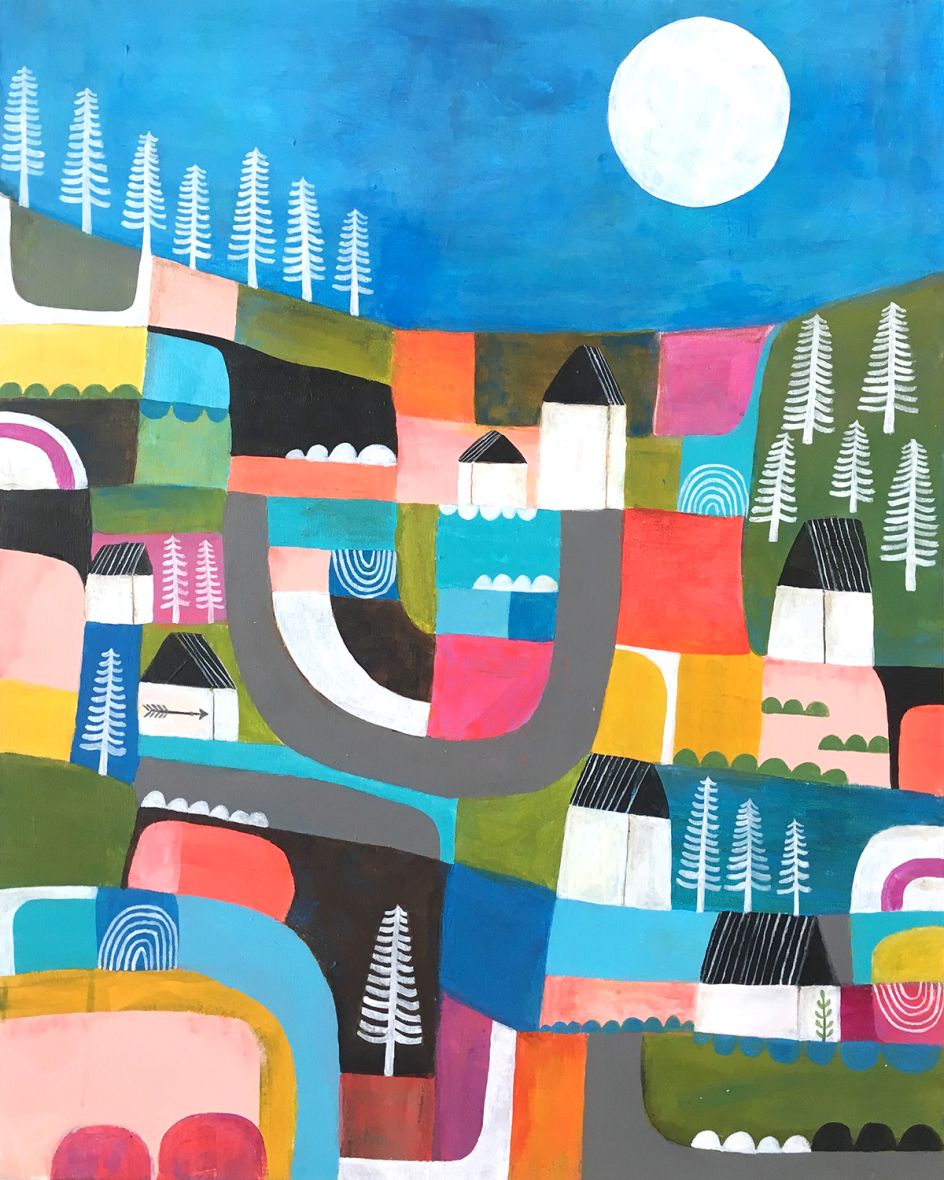
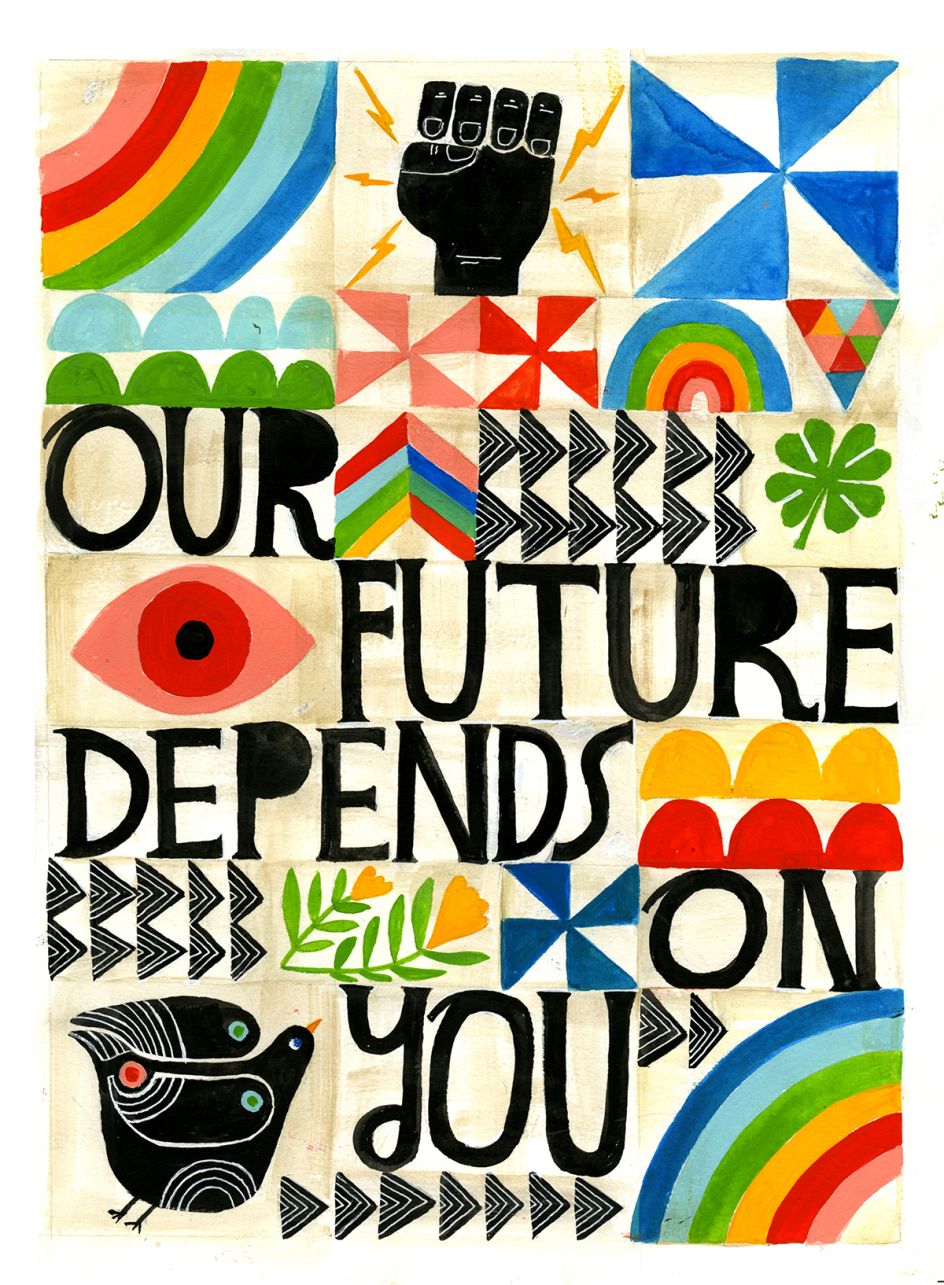
Was starting your own business difficult in the beginning?
Oh my gosh, yes! It was so hard. I was broke. I had no connections, I didn’t know what I was doing about 87% of the time, from making art to promoting my work. But I was very steadfast. I am a Capricorn, and sometimes when we get an idea and a goal, there is no stopping us.
What challenges did you face? And how did you overcome them?
Well, first of all, the way to make a living as an artist is to become known. Even in the beginning, especially because no one knew who I was, I understood on some level that I had to put myself and my work into the world.
This was hard because I also understood that my work wasn’t really as developed or good as I wanted it to be – or that I knew it would be eventually. But I put it out there anyway. My mantra has always been, “Begin anyhow,” and that’s because there is always a reason we can think of why we can’t do something, or why we’ll fail.
There is never a perfect time to do anything. So it’s important to just begin, even when you aren’t quite ready. And I did. I began making and posting work in all the places. In the beginning that was my blog and Flickr. And then it was Twitter and Facebook. And then Instagram. Over time, I posted pretty much everyday. I connected with other artists and bloggers. And, eventually I connected with leaders in the illustration industry and people who would hire me. I built a following for my work, and I became known. Then I was able to make a living at it.
I also understood that I couldn’t rely on just one thing to make a living. So I worked hard at lots of things: illustration, licensing my work, keeping an online shop, showing my work in galleries; and eventually I began teaching, writing about my work, public speaking. I didn’t put my eggs in one basket, so to speak. And that has benefitted me greatly. It’s the premise of my book, Art Inc – that making a living as an artist requires most people, at least in the beginning, to diversify their income streams.
What three key pieces of advice would you give to people thinking of starting their own business?
One – Start where you are. I think what is most paralysing for most people is this fear that they aren’t ready, or that they don’t have all their ducks in a row. And most of the time, we don’t. But the problem is, we never will. So we might as well start where we are, with what we have – the skills, talents, connections, time, that we do have. Take stock of what you do have in place and work from your strengths – we all have strengths. Then, as they say, fake it until you figure the rest of it out. The truth is, most people won’t notice you don’t really know what you are doing.
Two – Dream big and formulate some idea of where you’d like to end up. Then use those ideas of your future business to fuel where you start. For example, if making prints and patterns for home décor is your ultimate dream, immerse yourself in all the things you need to learn to make that happen. Take classes on pattern design and licensing. Practice till your brain hurts. Build your portfolio. Then, email your work to art directors and art buyers. Post your work on social media. Interact with people who might be interested in what you do. Sure, this could take years, but it’s going to take a lot longer if you don’t begin because you’re scared it will take years. And you wouldn’t want success to happen overnight anyway. You wouldn’t be prepared to handle the challenges. That’s why time is a wonderful thing.
Three – Keep sharing what you do. Be excited about it. Your excitement and passion will be contagious. Don’t be shy about talking about your work, both online and in person. Show up at industry events. Talk to people. Ask questions. Connect with people online. Join a support group. Don’t isolate.
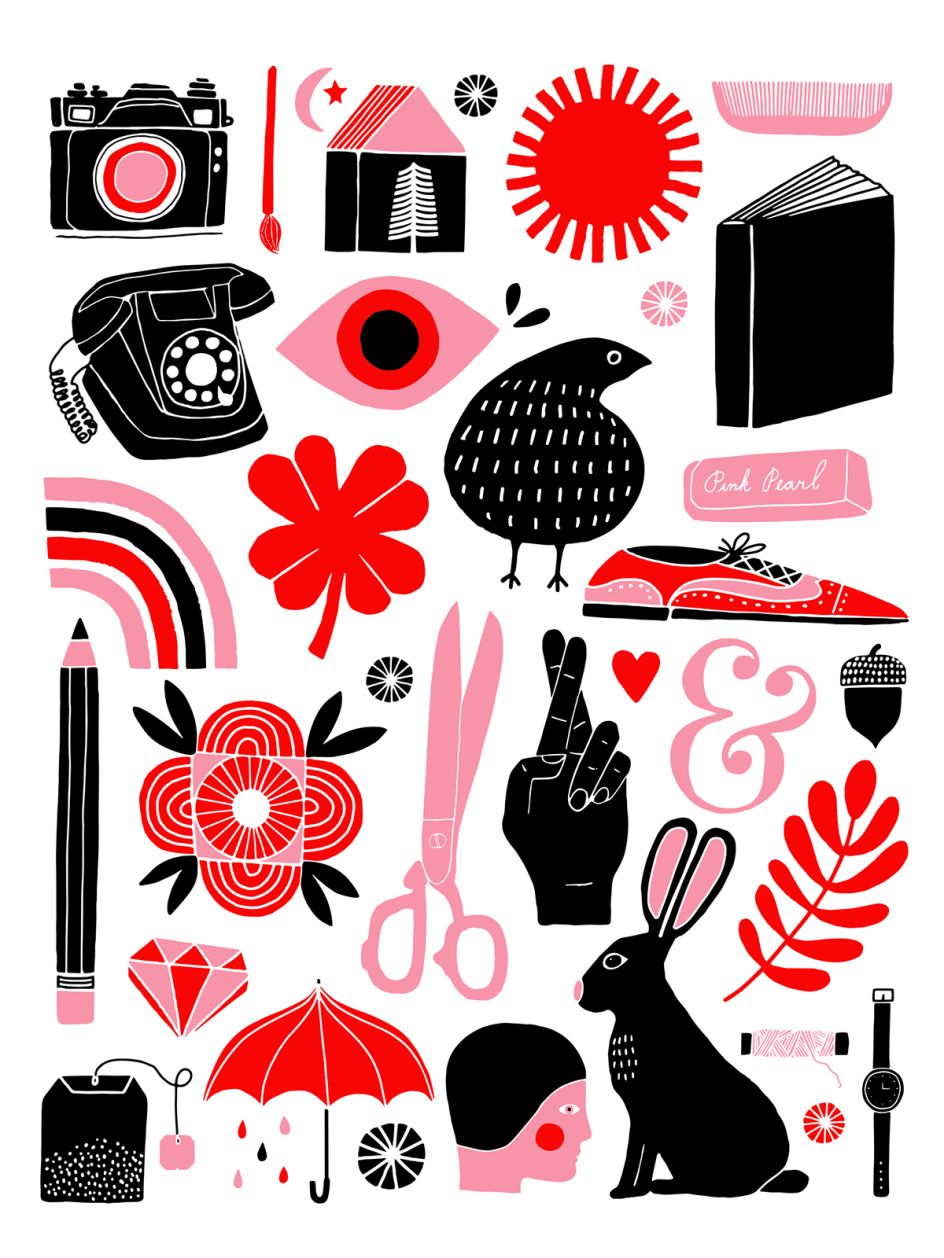
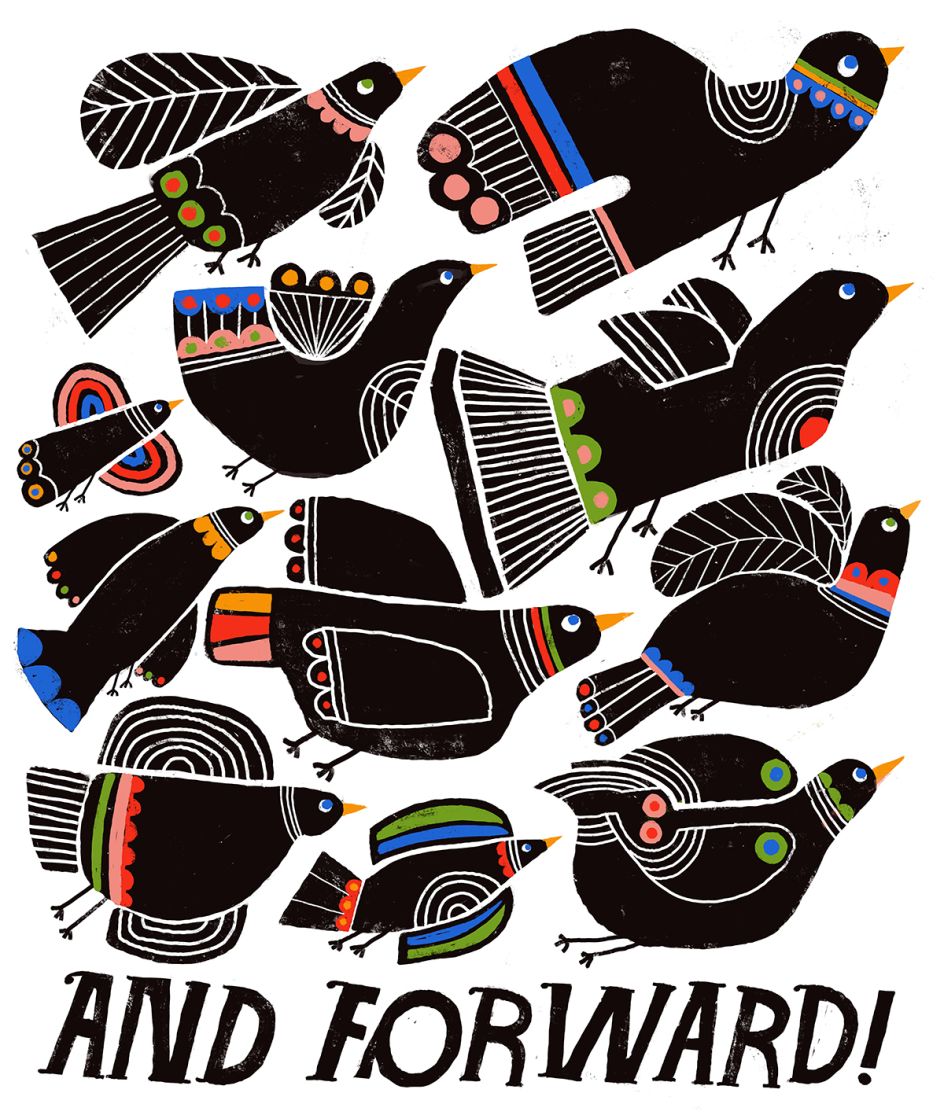
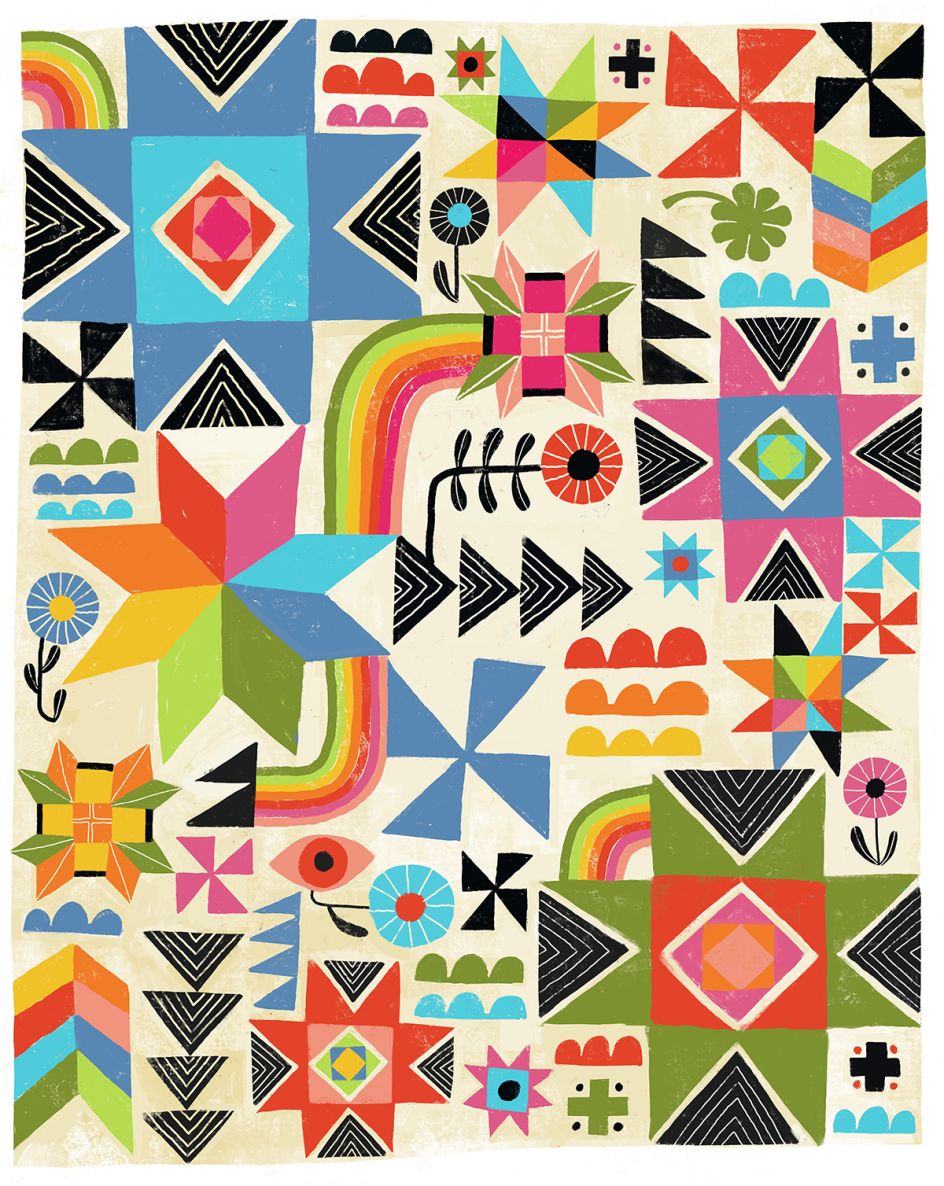
You have a very distinctive style – where does your main source of inspiration come from?
I grew up in the 1970s and I am a huge fan of bold graphic design and bright colours. I am also hugely influenced by folk art and textiles and quilts, both modern and traditional. I grew up in a home surrounded by fabric and textiles (my almost 80 year-old mother has been an artist playing with textiles since I was a kid; we now share a studio).
We had modern art posters all over our house. And I also grew up surrounded by books. Even before I became an artist myself, I loved to sew and I collected old things. I love everything vintage. I’ve been scouring flea markets since I was 24. I also love symbolism. So you will see symbols all over my work that reoccur in the same form but in different colours and placements.
You’ve worked for clients including MoMa, Airbnb and Random House, to name but a few. Do you have a favourite project?
Oh gosh, I have loved so many projects over the years! My project with MoMA was definitely a highlight! They gave me access to their entire design collection, and I created a series of drawings of collections of items from their design collection that they put on products, like notebooks. It was truly a dream job!
You’ve written seven books, and run creative courses and boot camps. Can you talk us through how this side of your business came about?
Almost every day I get questions from people over email and social media – about everything from what materials I use to advice for scheduling time to how I get my ideas, to business questions to art technique. At some point about four or five years ago, I realised that teaching would be a great way to share what I have learned in my own journey to help other people on their journey.
So in some cases I make my own classes, which are really inexpensive and low-tech. And in some cases, I work with platforms like CreativeLive or Creativebug, which are much more high tech with really great filming. My classes range from business classes to creativity classes to art classes to classes on the profession of illustration.
Do you have a preferred creative medium?
My favourite medium is paint. I love working either with gouache on paper (if I am working in a smaller scale) or acrylic on wood (I also make large paintings). The painting process is incredibly satisfying to me! Recently I got an iPad Pro and started drawing digitally. Now I’m a little obsessed with it. It's so much faster than painting! I call it my new “sketchbook.” But I will never get away from wet media like paint entirely. The backs of my hands are usually covered in paint because I love getting messy with it.
You’re based in Portland, Oregon – what’s the creative scene like there?
It’s actually pretty amazing for a relatively small city (compared to San Francisco, Los Angeles or New York in the United States). So many artists and illustrators live here. There are great galleries (I am lucky enough to be having a show at Stephanie Chefas Projects in August 2018), independent fashion boutiques, art events, and book stores. The animation company Laika is based here. And so many design agencies. The food scene here is also incredible. I have lived here for three years (I moved from San Francisco) and I still haven’t scratched the restaurant surface. There is a culture of experimentation and innovation here. It’s really inspiring to be around.
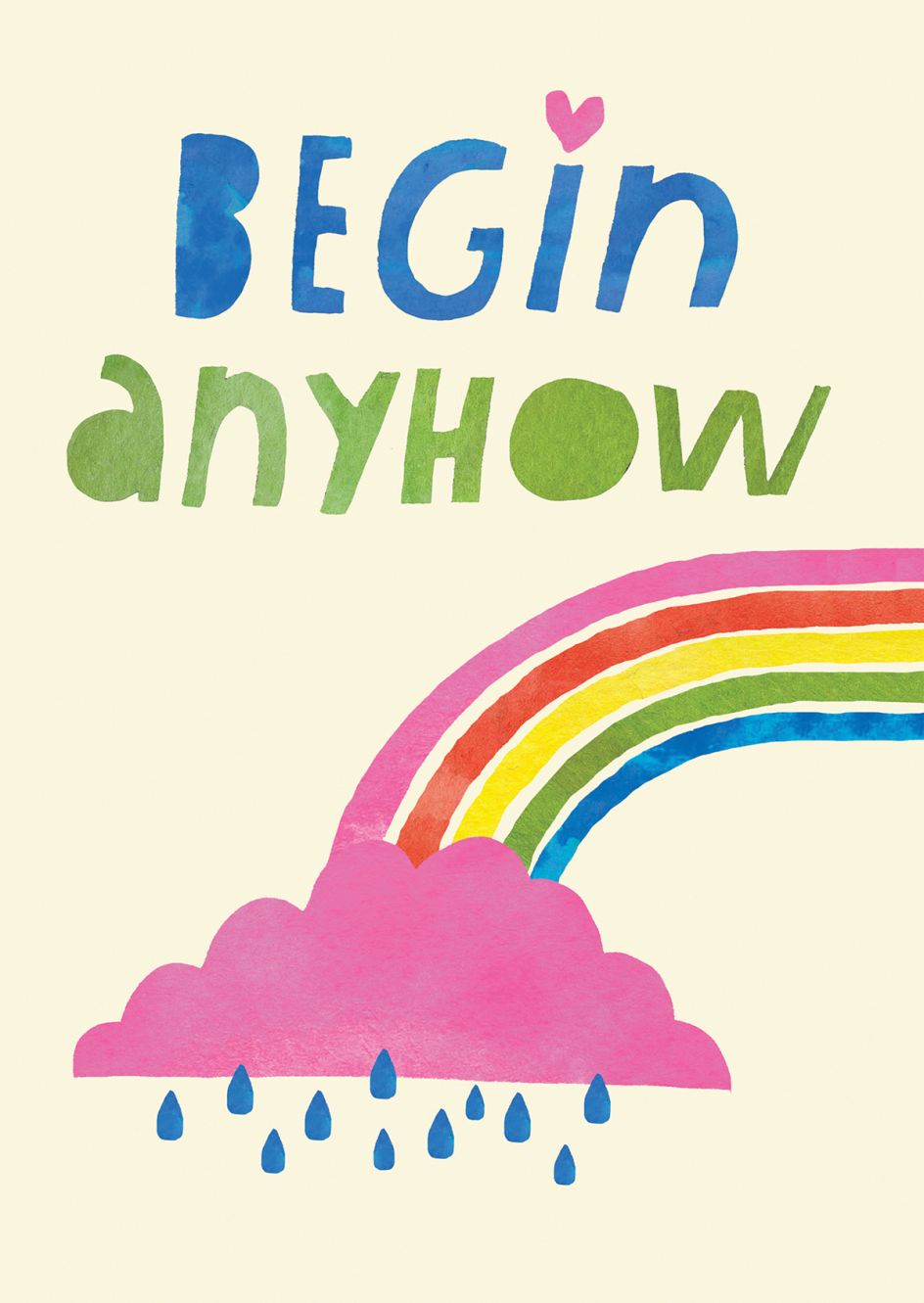
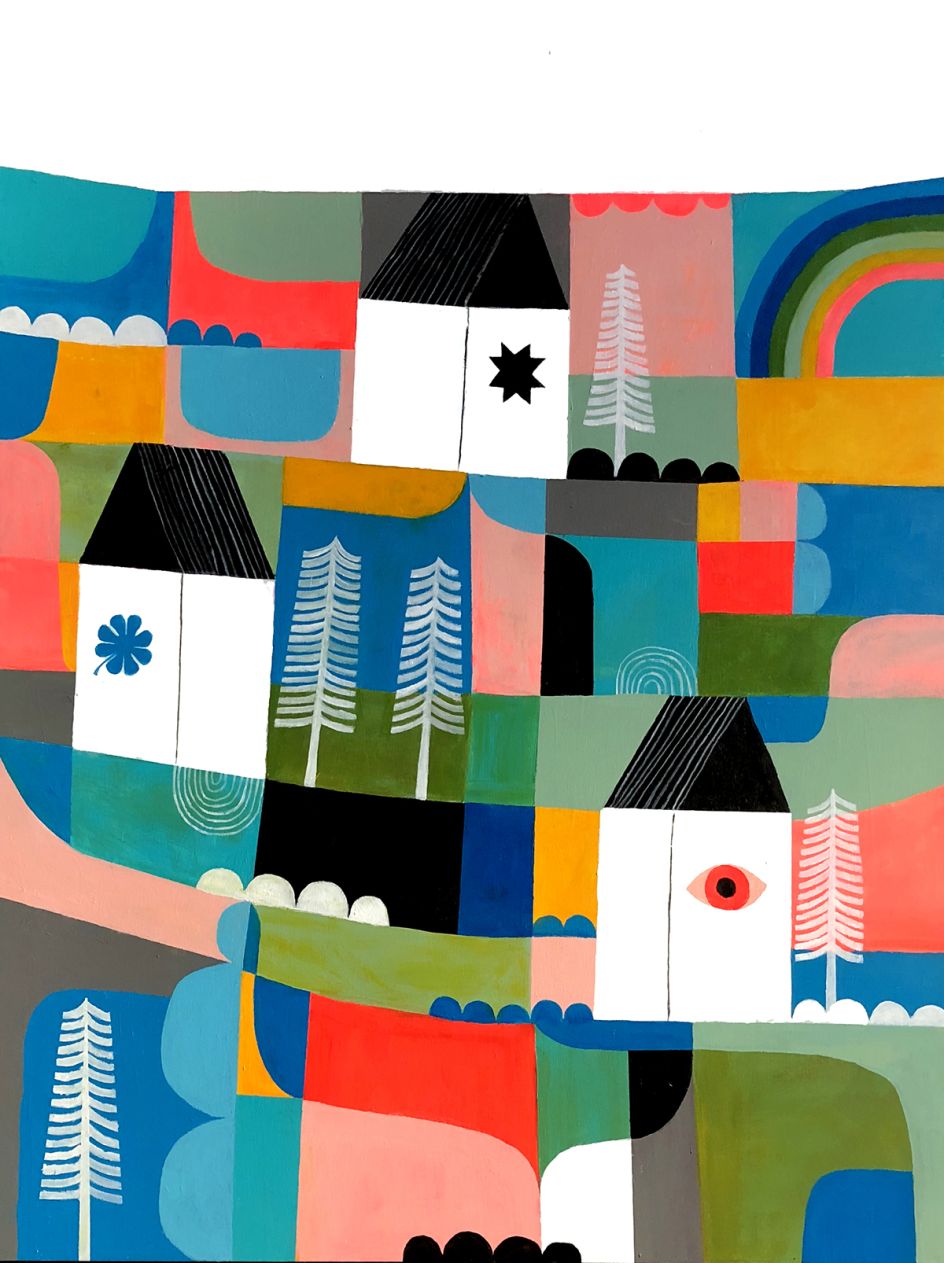
You have a lovely Instagram account! Have you found social media to be helpful in building your business?
Thank you! I wouldn’t be in business without social media. It’s a way for me to share my work, the classes I offer, stuff that’s available in my shop, all of it. And it’s also a place for me to share my story, who I am, what I’m up to, tidbits about my life outside of being an artist. I got really burned out with keeping a blog, and so having a place to connect with the people who follow my work (who are very important to me) is really a dream come true. I love Instagram especially because there is so much engagement and idea sharing and inspiration.
What are you currently reading?
I am reading a book called The Three Year Swim Club by Julie Checkoway. It’s a true story about a schoolteacher on the island of Maui in Hawaii, who, in 1937 challenged a group of kids living in poverty to train to go to the Olympics. It’s really well written with tons of history infused. I’m loving it. Also, I am a former competitive swimmer and so anything about swimming is up my ally.
Tell us something that might surprise us
I’m obsessed with true crime.
And finally, what’s next?
Right now I am working on two books. One is a book on finding your creative voice (still haven’t nailed a title) that is due out in 2019. The other is a book on the Periodic Table of Elements for kids – an illustrated encyclopedia of sorts. That comes out in 2020. I also have two big solo shows of my work coming up this year – the first in many years. The first is in Southern California in March and the second is here in Portland in August. So I have my work cut out for me!

















